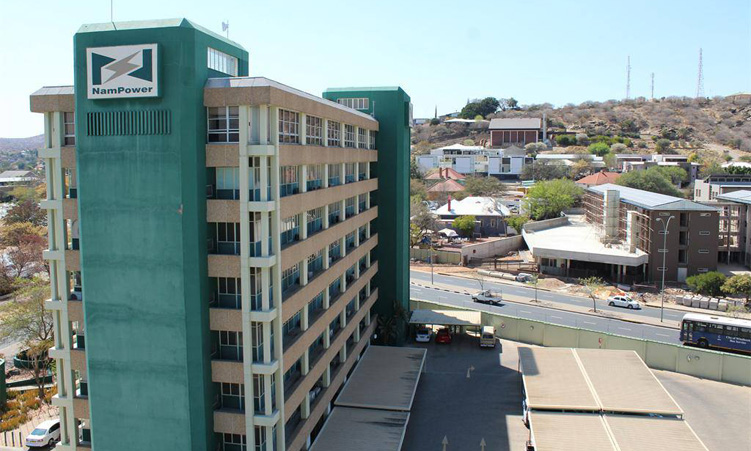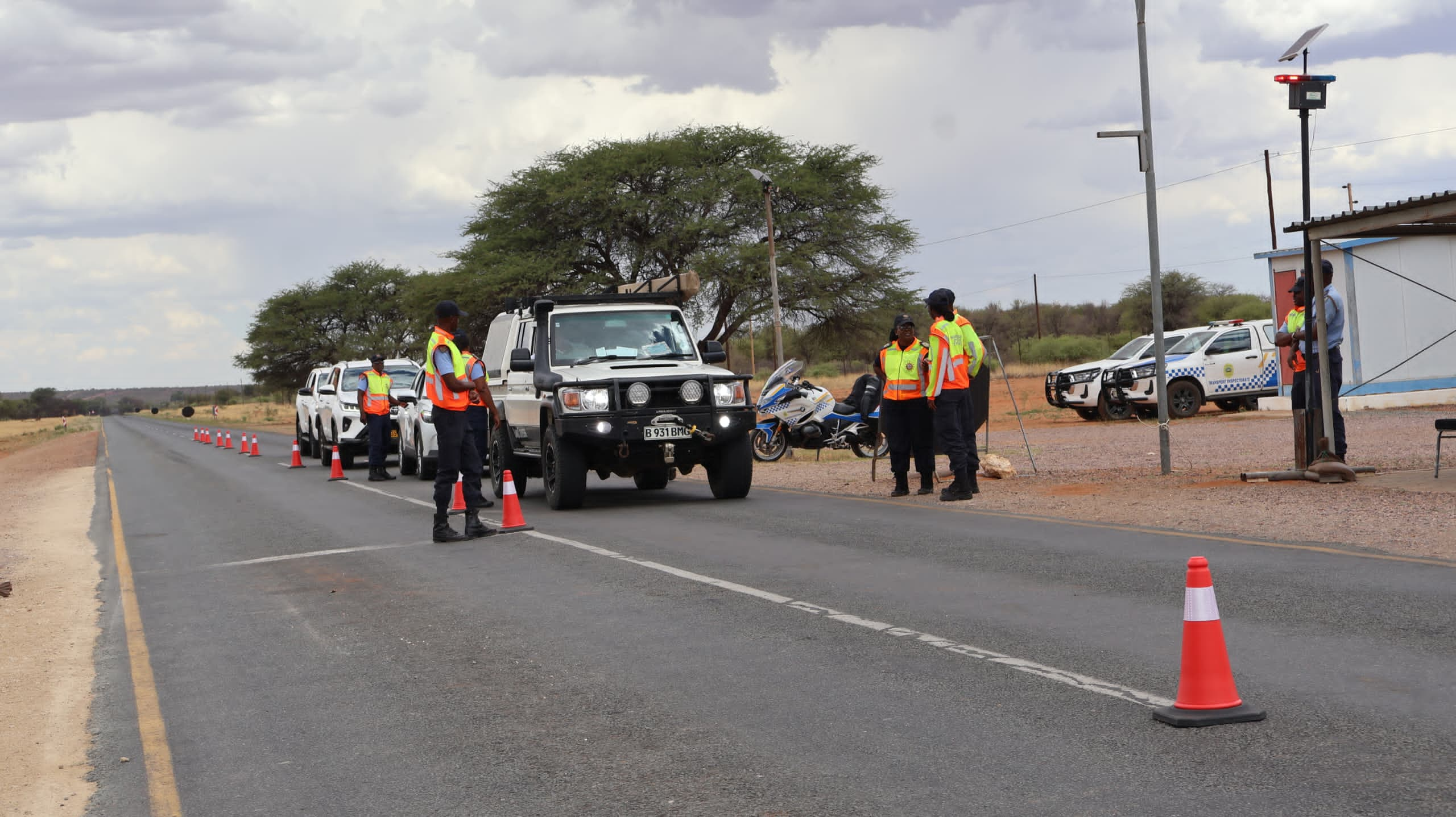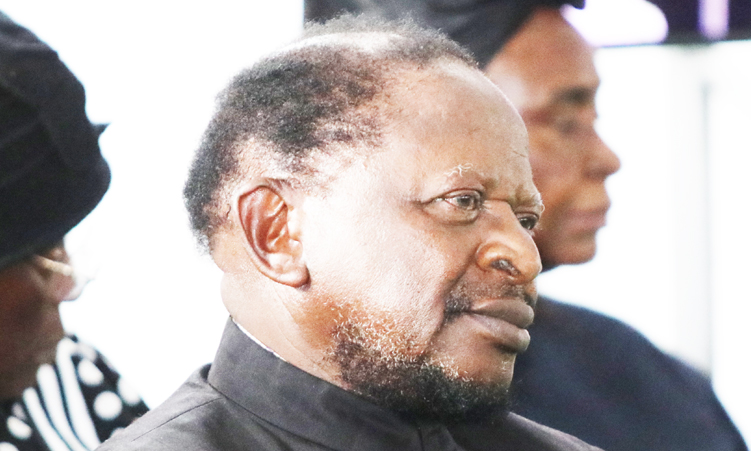Economists have expressed mixed feelings over the decision by the Namibia Power Corporation (NamPower) to get a N$2,6 billion loan from the World Bank to expand its transmission network and integrate renewable energy into its grid.
The project will be implemented by NamPower under the Transmission Expansion and Energy Storage project, which is intended to improve the reliability of the country’s transmission network and enable increased integration of renewable energy into the electricity system.
The project is structured around three components: the development of the second Auas-Kokerboom transmission line, the development of a utility scale Battery Energy Storage System facility, and technical assistance activities to support NamPower to develop bankable renewable energy projects and enhance the socio-economic benefits of its projects.
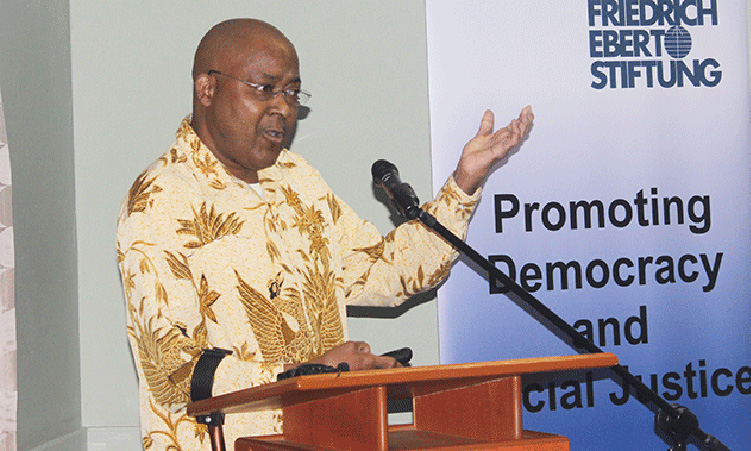
Economist Omu Kakujaha-Matundu welcomes the loan as it conforms to the ‘golden rule’ that money borrowed should be invested in capital projects and not be used for consumption.
“Hence, despite Namibia’s current debt situation, this loan will in the midterm lead to cheaper electricity, which is good to attract local and foreign investment,” Kakujaha-Matundu says.
He believes this will in turn contribute to much needed employment and expansion of the tax base.
“In that way, the loan can repay itself. Hopefully, this loan will yield good returns for the country to repay the debt without relying on the fiscus,” he adds.
Economist Josef Sheehama agrees that the loan will support the development of infrastructure rather than consumption, and as such will be beneficial and create employment opportunities.
He, however, says the loan should be used for its intended purpose as the country’s public debt already accounts for more than 70% of Namibia’s gross domestic product.
He believes the loan comes at the wrong time.
“Now is not the time to take on more debt. There will be additional fees for servicing the loan interest. Considering that public debt represents a portion of the region’s total external debt, we are suffering from higher borrowing costs,” Sheehama says.
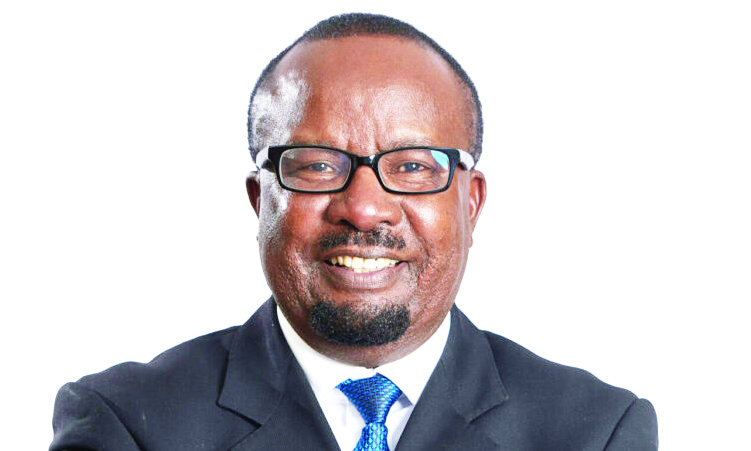
He further says servicing the debt can become difficult when interest rates are higher, fuelled by geopolitics.
“Governments must exercise caution and strive to keep their debt well below the projected thresholds, ensuring that growth-detrimental debt levels won’t be reached, even in the most unlikely of circumstances,” Sheehama adds.
IJG research analyst Angelique Bock says the loan will bring a large inflow of money into the economy and will allow for economic growth.
“This will improve grid stability and allow NamPower to integrate more renewable energy. This will reduce generation costs and improve Namibia’s energy independence.”
She says there will also be new jobs created because someone needs to build the projects.
“This is attractive to international investors because it brings them comfort that Namibia is becoming less energy dependent. However, the cost of debt is of interest, because it will determine the net outflows in our country over time,” Bock says.
NamPower’s Transmission Expansion and Energy Storage project will support the development of a systematic socio-economic framework to support job creation, skills development and the employment of women during design and implementation of utility-led projects.
World Bank country director for Namibia Satu Kahkonen says this project will support NamPower to develop future renewable energy projects.
“Namibia is a uniquely positioned regional leader in the transition towards the Transmission Expansion and Energy Storage project for a greener and more sustainable future,” Kahkonen adds.
NamPower’s managing director Simson Haulofu says the company will be able to maintain pace with the country’s evolving and increasing electricity needs.
“The line will be key to unlocking increased access to variable renewable energy within Namibia, as well as facilitate regional electricity trading. In addition, our second utility scale battery energy storage system will be developed and integrated in our transmission network to support the development and uptake of renewable energy plants,” Haulofu says.

While it has excellent renewable energy resources, Namibia’s installed renewable capacity is just over 30% of total generation.
The project further aims to minimise outage risks, support load growth and unlock future opportunities for power trade in the Southern African Power Pool.
Meanwhile, the World Bank says grant funding from the International Bank for Reconstruction and Development’s Fund for Innovative Global Public Goods Solutions and the Green Climate Fund will be used for developing the second utility-scale battery storage facility in Namibia.
This aims to further facilitate integration of large-scale renewable energy in Namibia’s generation mix, enabling it to reduce imports, improve grid stability and help manage the country’s demand peaks.
In 2018, the World Bank announced that through its subsidiary, Multilateral Investment Guarantee Agency, it will provide up to US$18 million to support the construction, operation and maintenance of two 5 megawatt solar projects – Ejuva one and two.
The solar plants were officially opened at Gobabis in August that year.
The plants feed an estimated 25,8 gigawatts per hour per year into Namibia’s national grid and are backed by a 25-year power purchase agreement with NamPower.
Stay informed with The Namibian – your source for credible journalism. Get in-depth reporting and opinions for
only N$85 a month. Invest in journalism, invest in democracy –
Subscribe Now!



